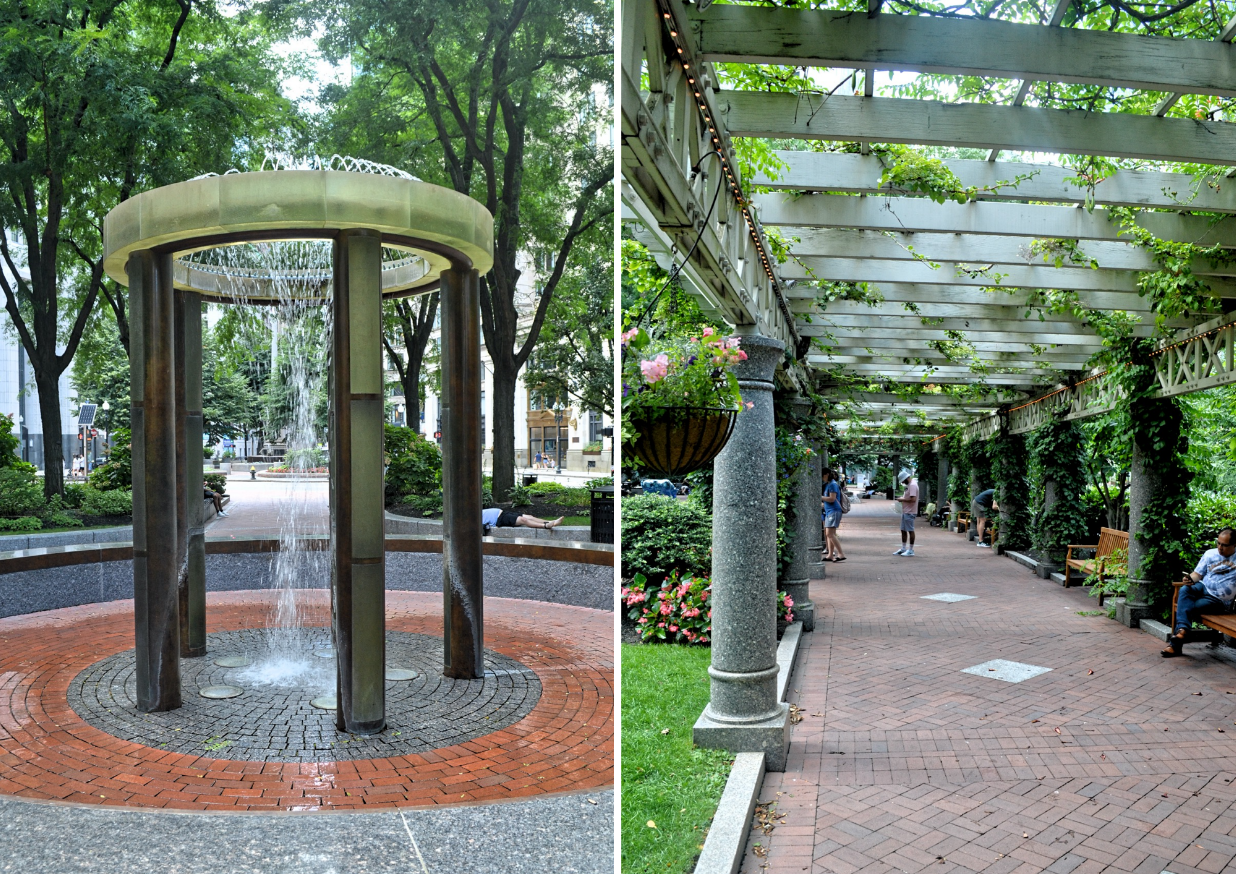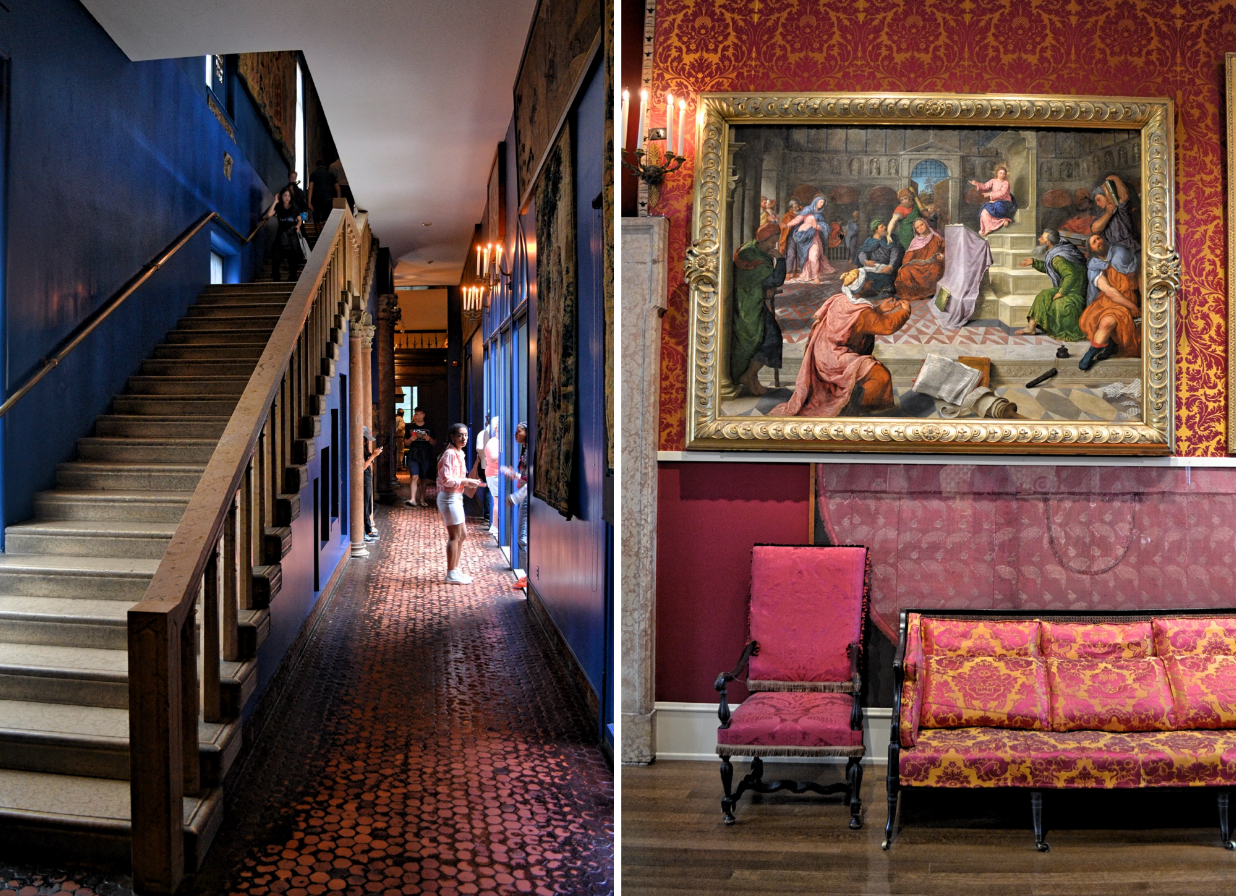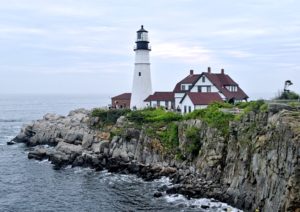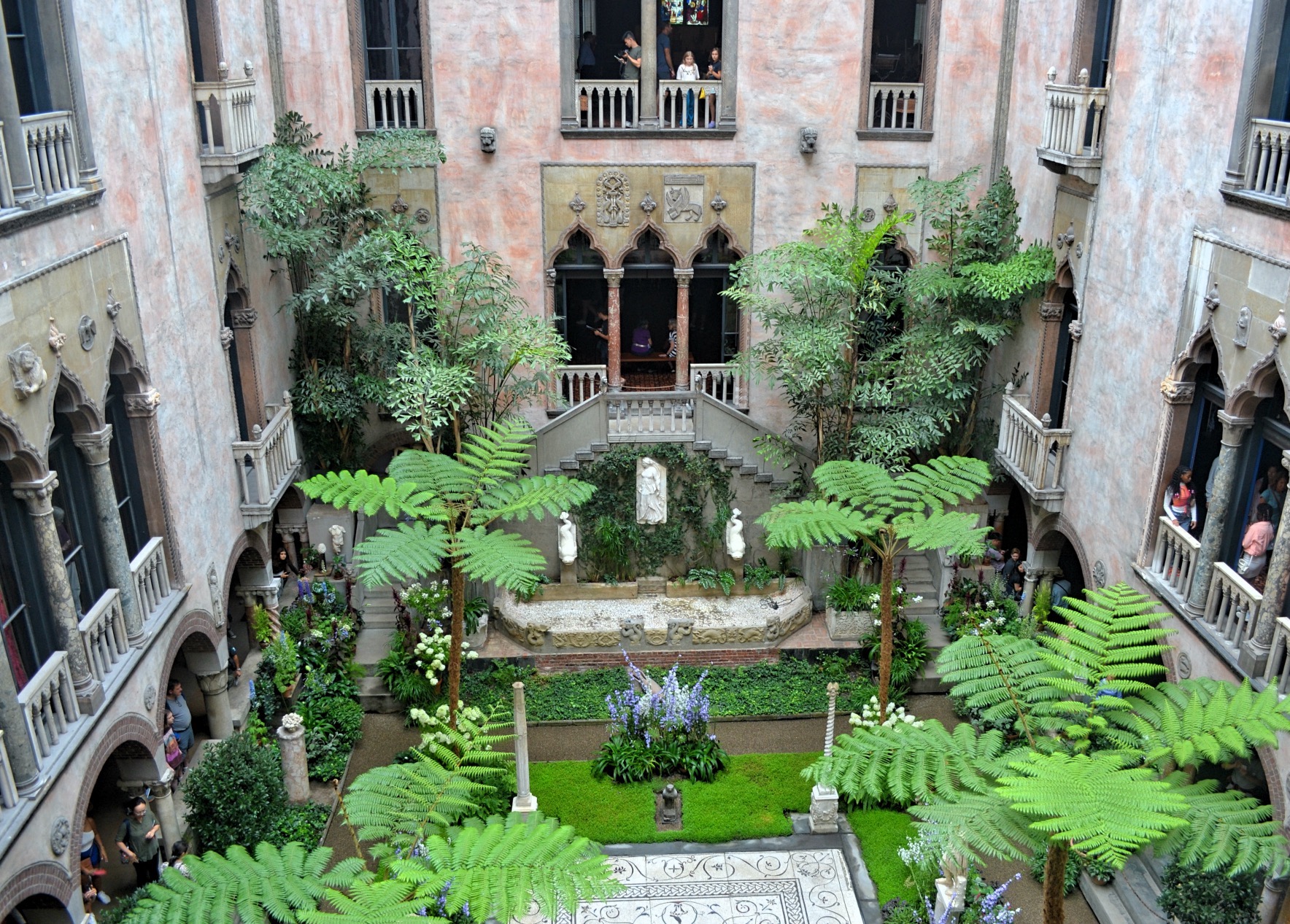
10 Best Things to do in Boston
Boston is a city in the northeastern United States that serves as both the county seat for Suffolk and the capitol of Massachusetts. It is situated on Massachusetts Bay, an Atlantic Ocean limb. The area of the city proper is exceptionally tiny for a large city, and more than one-fourth of it is made up of water, including a section of the Charles River, Boston Harbor, and the Atlantic.
These are the 10 best things to do in the city of Boston:
10. Norman B. Leventhal Park
The Norman B. Leventhal Park is a lush oasis of green located in the Financial District of downtown Boston. It is a monument to the brilliance and imagination of a collection of individuals, both public and private, who came together to cultivate this special vision.
Over what was once a run-down and ugly parking garage, there now stands a beautiful park that has won numerous awards. Numerous office employees, shoppers, tourists, and city residents all adore the cozy and welcoming Norman B. Leventhal Park.
Address: 130 Congress St, Boston, MA
9. Carson Beach
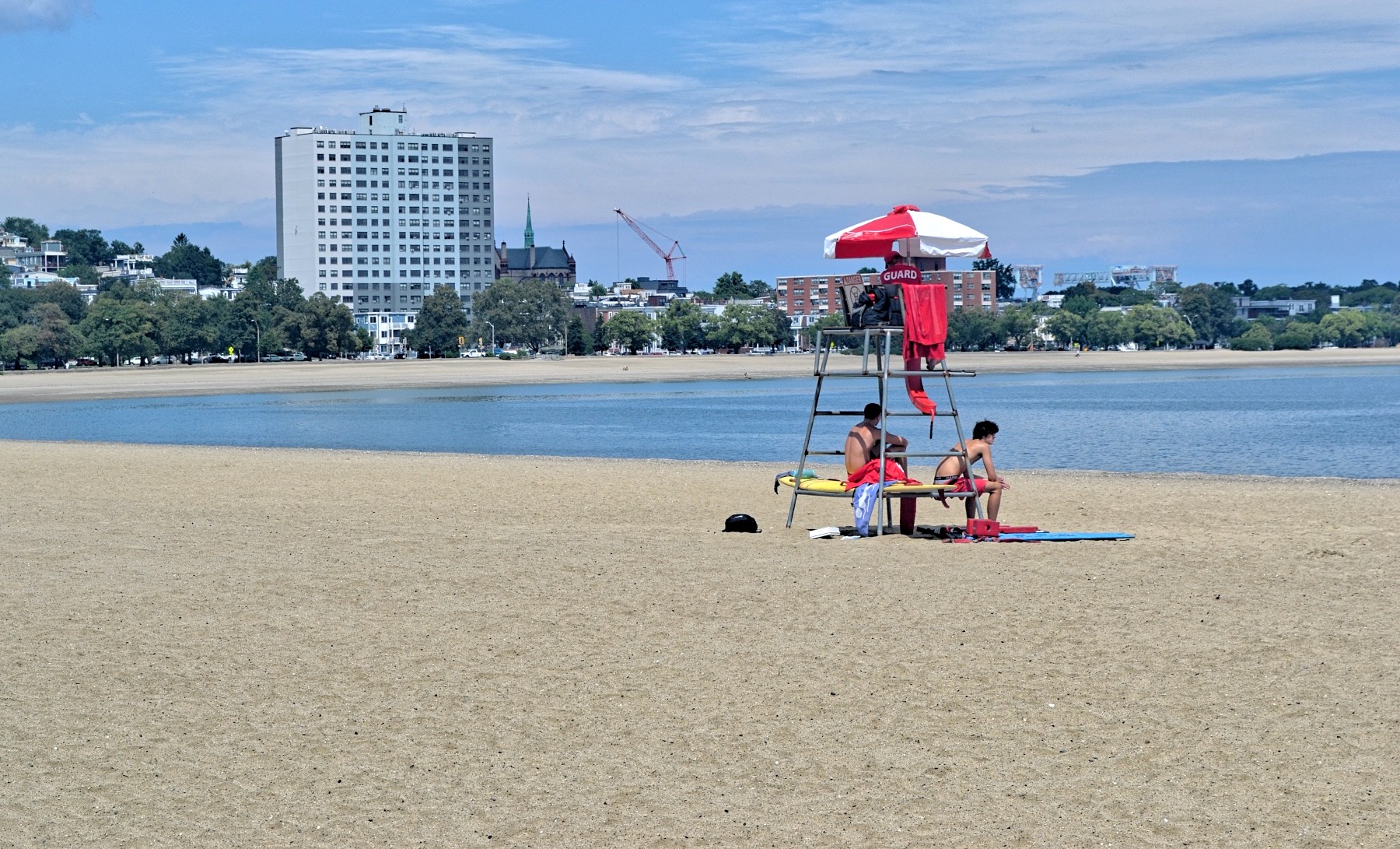
In the Southie district of Boston, directly across from Moakley Park, is Carson Beach. Beach volleyball, swimming, and sunbathing are all popular outdoor activities at the famous beach. A trail that follows the coastline is also available for walking and running.
Address: 165 HarborWalk, Boston, MA
8. MIT University
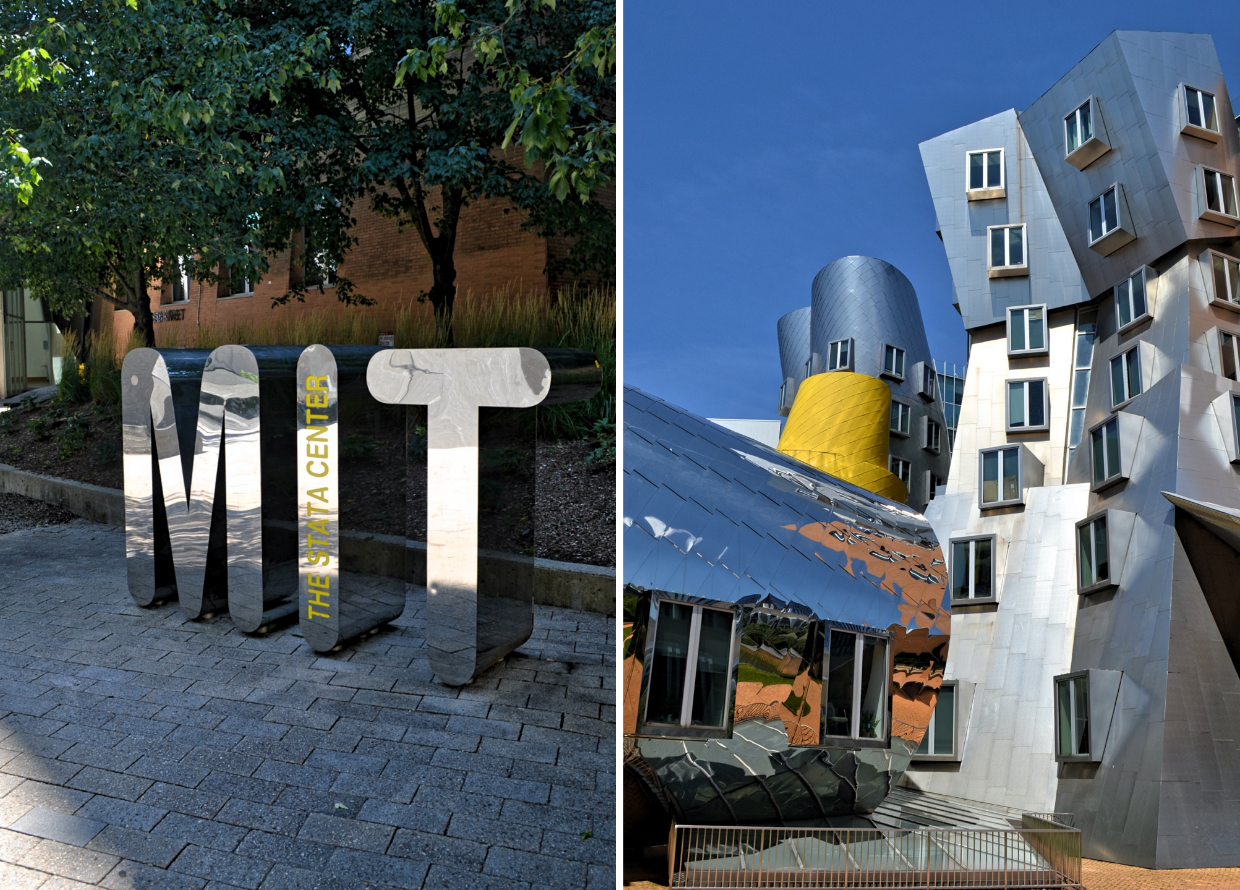
In Cambridge, Massachusetts, there is a private land-grant research institution called the Massachusetts Institute of Technology (MIT). Since its founding in 1861, MIT has contributed significantly to the advancement of numerous fields of contemporary science and technology.
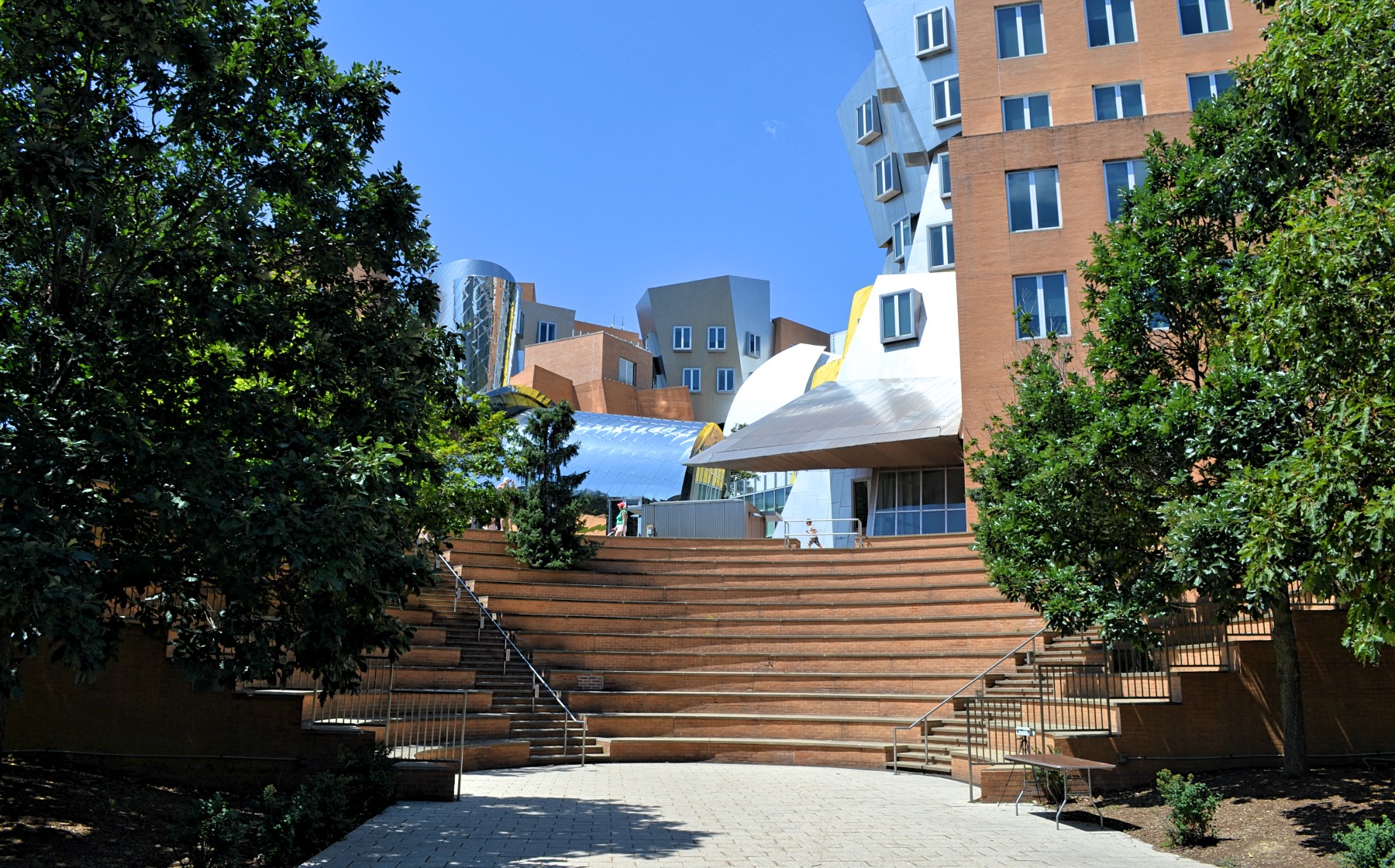
MIT was established in response to the growing industrialization of the US and followed the model of the polytechnic universities in Europe, emphasizing laboratory training in applied science and engineering. The other two private land-grant institutions in the US are Tuskegee University and Cornell University. MIT is one of them. The institute’s urban campus, which is more than a mile (1.6 km) long and runs alongside the Charles River, is home to a number of significant off-campus buildings, including the Bates Center, the Haystack Observatory, and the MIT Lincoln Laboratory, as well as affiliated research facilities like the Broad and Whitehead Institutes.
Address: 77 Massachusetts Ave, Cambridge, MA
7. Adams National Historic Park
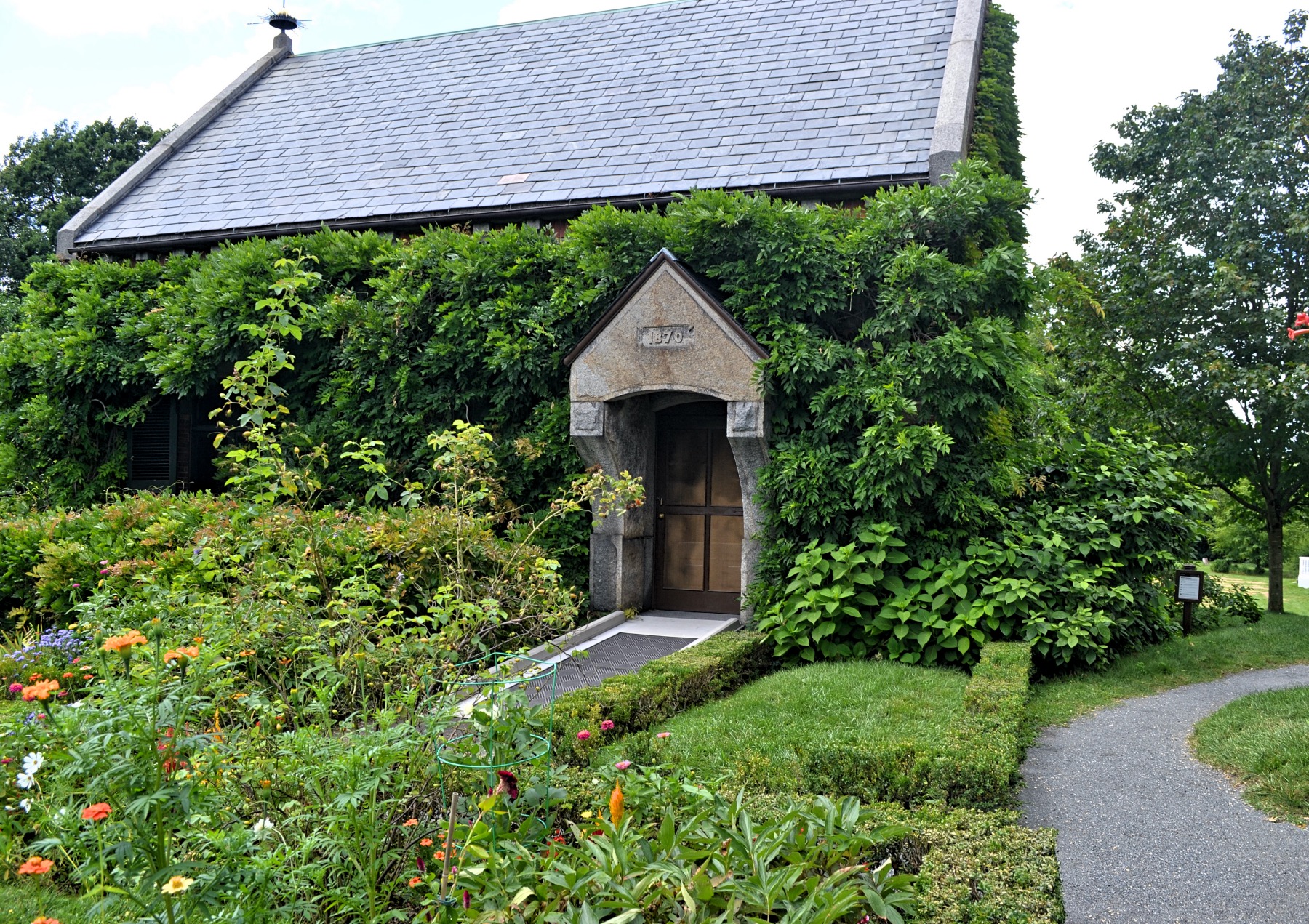
About ten miles south of Boston, in the City of Quincy, Norfolk County, Massachusetts, is where you’ll find Adams National Historical Park. The Park is made up of 11 historic buildings and a cultural environment that spans about 14 acres.
Five generations of the Adams family are covered in the narrative (from 1720 to 1927), including two presidents and first ladies, three U.S. ministers, historians, authors, and members of the family who helped these famous personalities succeed.
Address: 135 Adams St, Quincy, MA
6. Boston Tea Party Museum
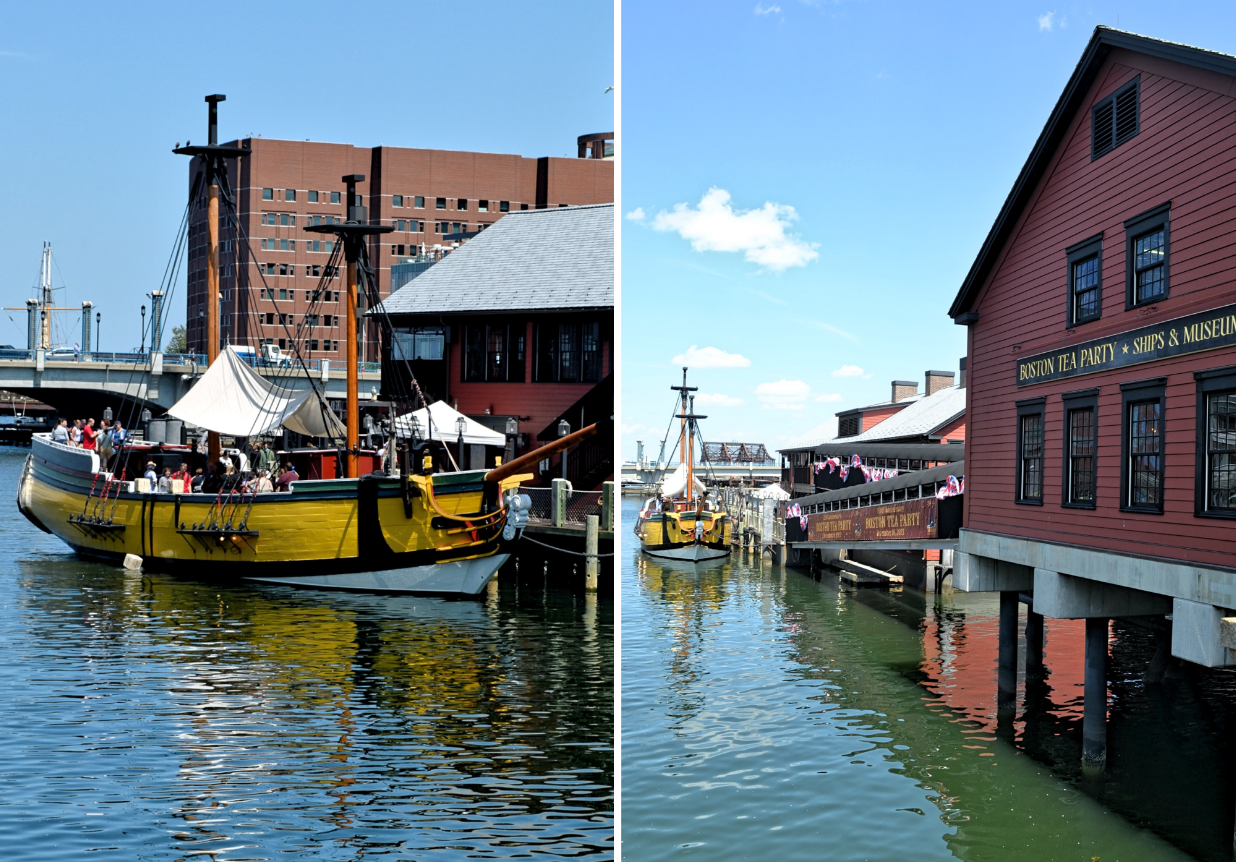
The Boston Tea Party Ships & Museum is an interactive, cutting-edge, floating museum that can be found on the Congress Street Bridge. This one-of-a-kind museum sits on a barge in the water, offers excursions aboard rebuilt tea ships, and features a magnificent, interactive documentary that immerses you in the activities leading up to the American Revolution. It is unlike anything you’ve ever encountered before. Feel, see, hear, and touch what the patriots experienced as they became enraged about the unfairness of taxation without representation. Discover the real story behind the Boston Tea Party by taking part in multi-sensory exhibitions, watching dramatic reenactments performed by actors and historians, and more.
Address: 306 Congress St, Boston, MA
5. Boston Common Gardens
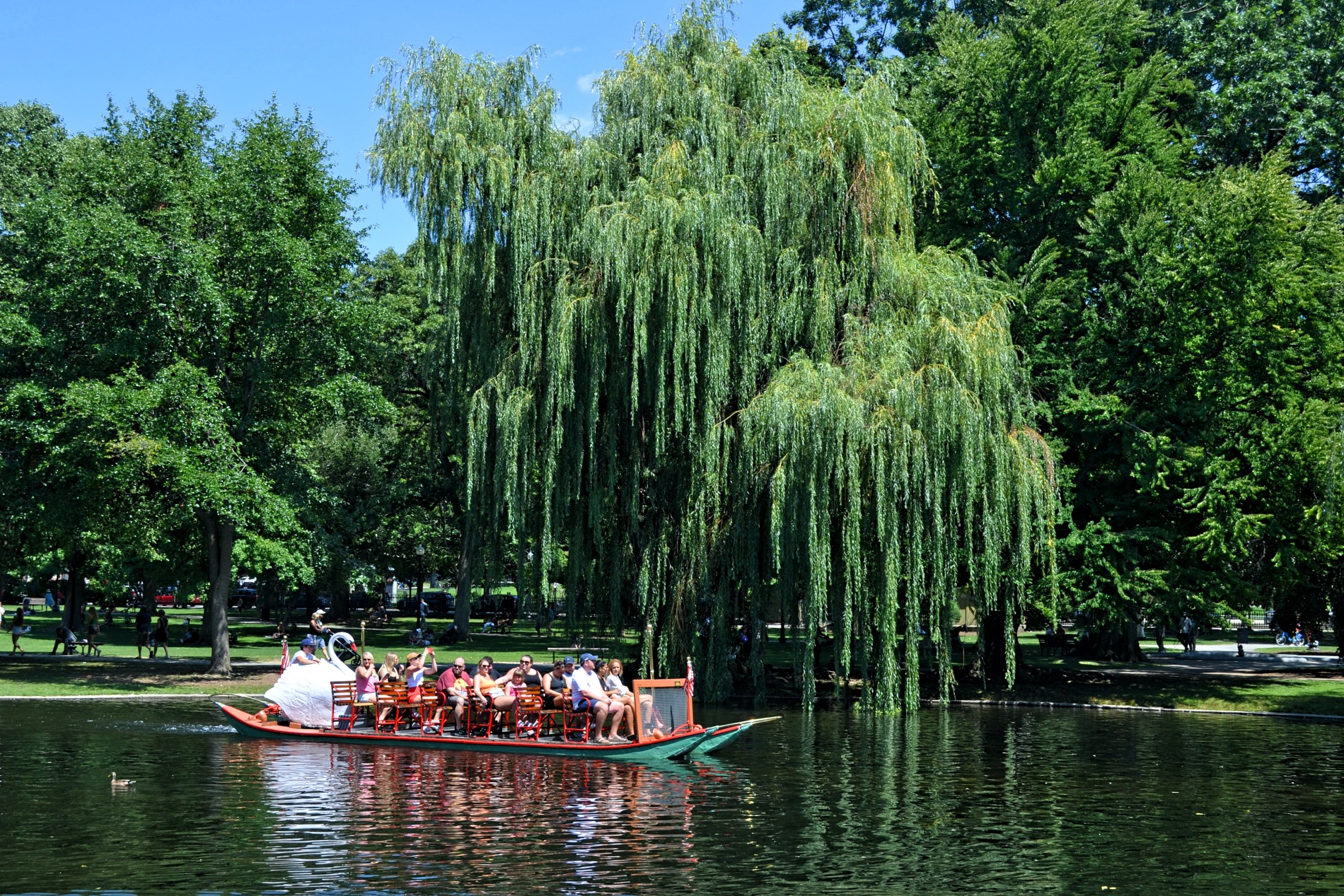
A sizable park next to Boston Common in the center of Boston, Massachusetts is called The Public Garden, also known as Boston Public Garden. It is a part of the network of parks known as the Emerald Necklace and is bordered to the east by Charles Street and Boston Common, to the north by Beacon Street and Beacon Hill, to the west by Arlington Street and Back Bay, and to the south by Boylston Street. The Public Garden was the country’s first open-air botanical garden.
Address: 139 Tremont St, Boston, MA
4. Libertine North Restaurant
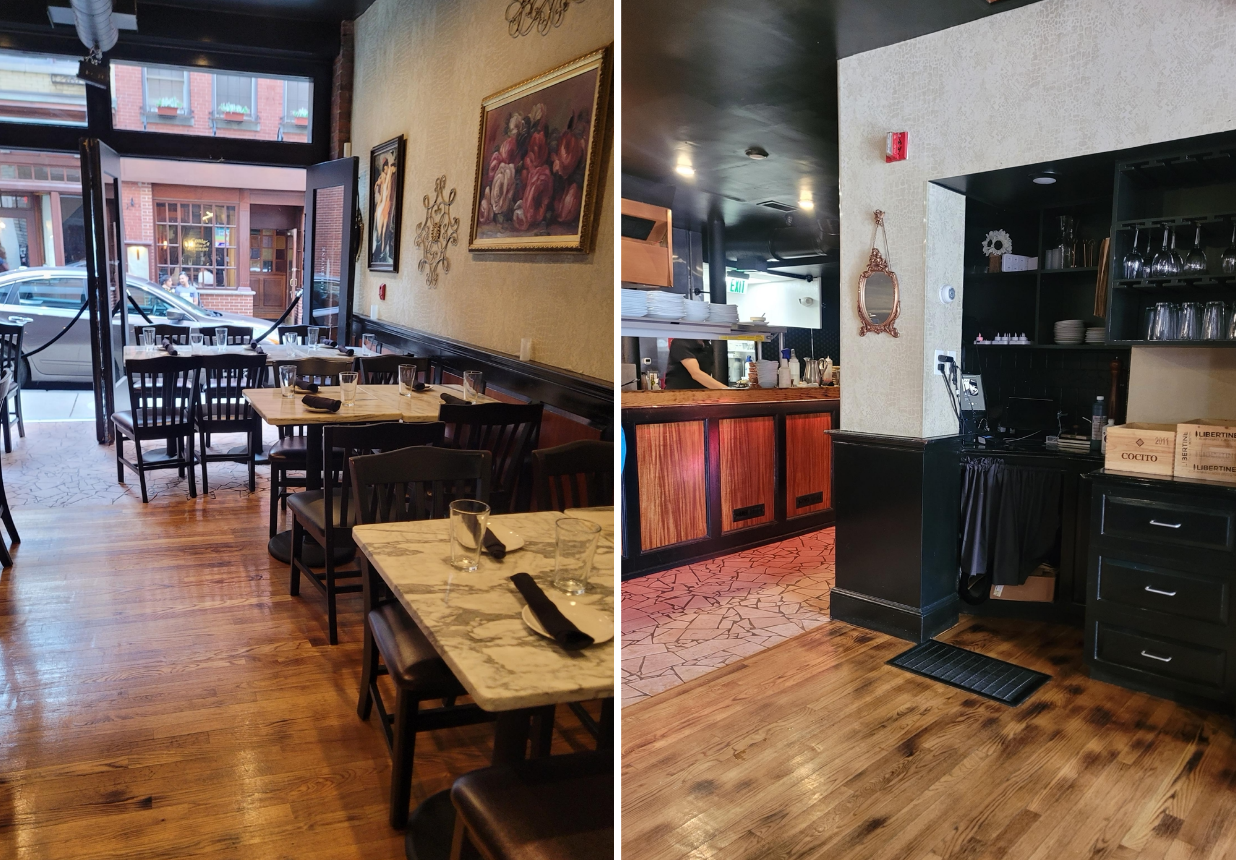
With the debut of Libertine, on Salem Street in the North End offers a brand-new, sizable attraction focused on bars. The name’s attitude of independence served as inspiration for the restaurant owners. Both the drink and meal menus make clear reference to the varied concept.
Locals Shannon MacGowen, Nino Trotta, and Christian Trotta, who previously brought the more intimate Forcella to North Square around this time last year, have returned with the edgy concept. While Libertine follows a different path and has a more modern vibe, it targets the after-work, dating, and family/friends population. Forcella is more traditional in its approach to Italian music.
North End residents will be familiar with the address at 125 Salem Street since it was formerly La Galleria 33, known for its Kitchen Nightmares reality TV infamy.
Address: 125 Salem St, Boston, MA
3. Boston Public library
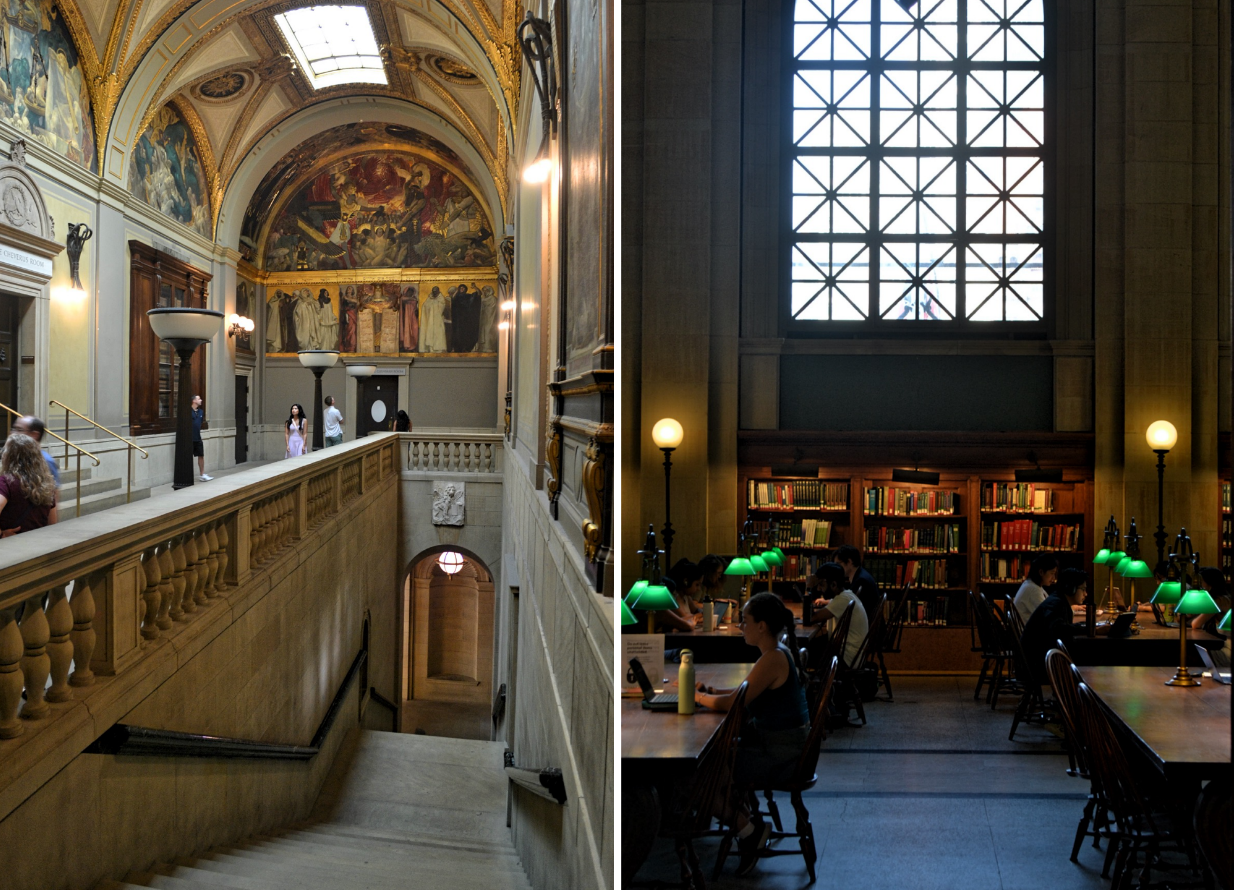
In 1848, the Boston Public Library was established as a municipal public library system in Boston, Massachusetts. All adult citizens of Massachusetts are permitted to borrow materials and conduct research at the Boston Public Library, which also serves as the state library and gets money from the state.
With over 24 million items, the Boston Public Library is the third-largest public library in the country behind the federal Library of Congress and the similarly endowed New York Public Library. The library lent out 3.7 million items in 2014 and hosted more than 10,000 free public programs.
Address: 700 Boylston St, Boston, MA
2. Isabella Stewart Gardner Museum
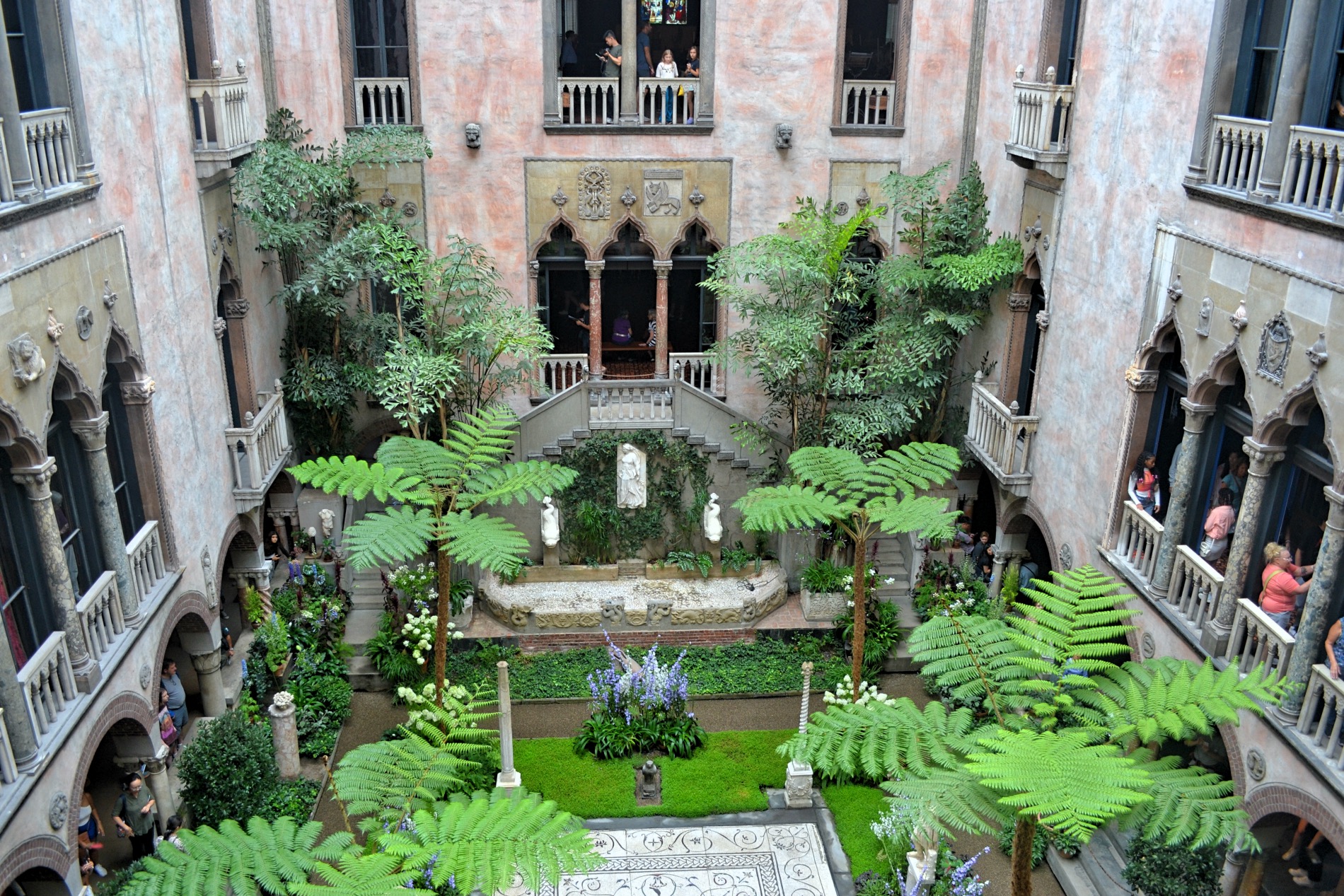
Isabella Stewart wed John L. Gardner, a famous and long-standing Boston family, in 1860. She made his city her own, but Boston’s Brahmin culture didn’t show the same friendliness to her. Her home was peaceful until the 1870s, when she started planning social events that dazzled and occasionally titillated conservative Boston following a period of illness, depression, and an exciting European convalescence. She was a smart and eccentric woman who attracted musicians, painters, and actresses. By attending boxing fights, she almost scandalized Boston society.
She rose to prominence as a supporter of the Boston Symphony and numerous music students, for whom she once arranged a private performance by pianist Ignacy Paderewski. She also grew to have a strong passion for the visual arts.
Address: 25 Evans Way, Boston, MA
1. Harvard University
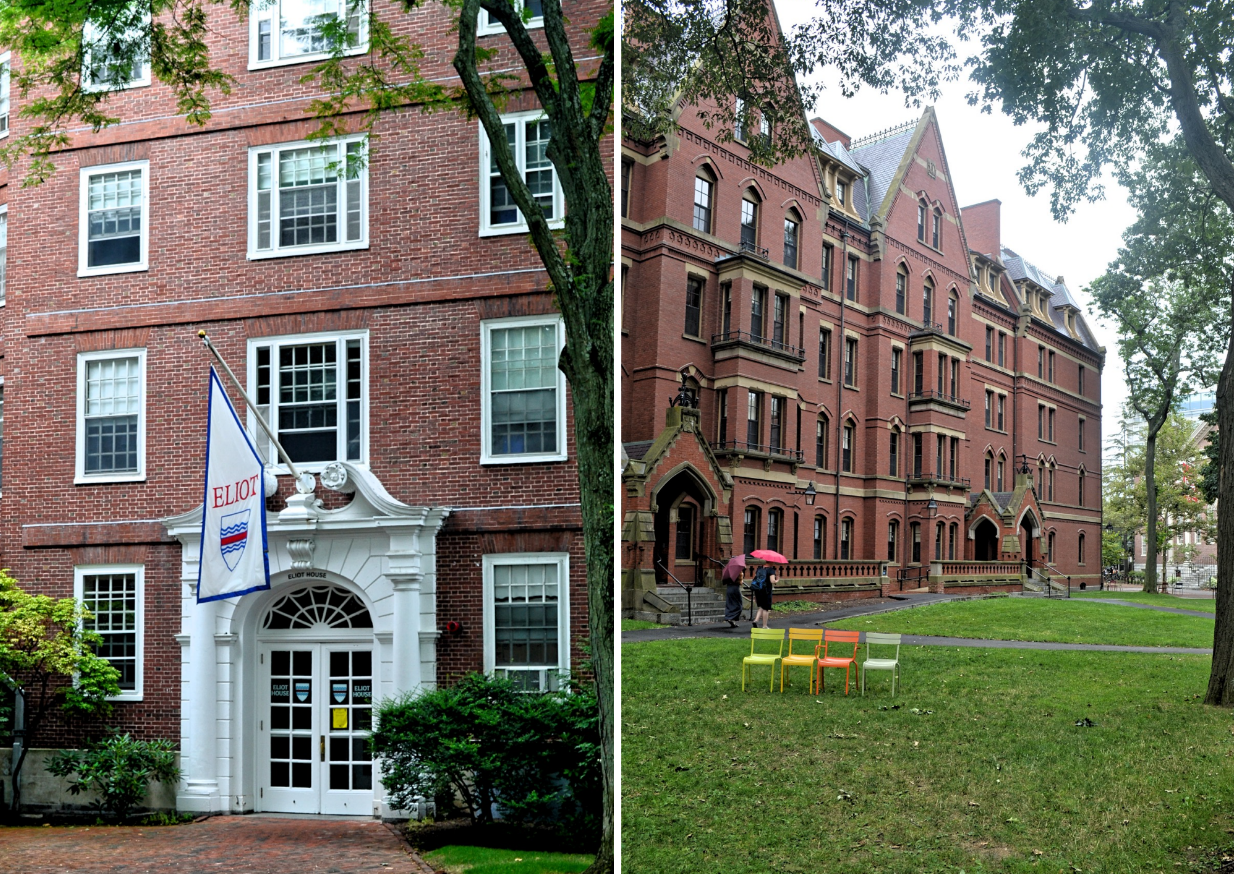
One of the eight Ivy League colleges and the oldest college in the country (established in 1636), Harvard University is highly respected for its rigorous academic standards, exclusive admissions process, and social standing. A few miles west of Boston’s city center, in Cambridge, Massachusetts, along the Charles River, is where the main campus of the institution is located. About 23,000 students attend Harvard overall.
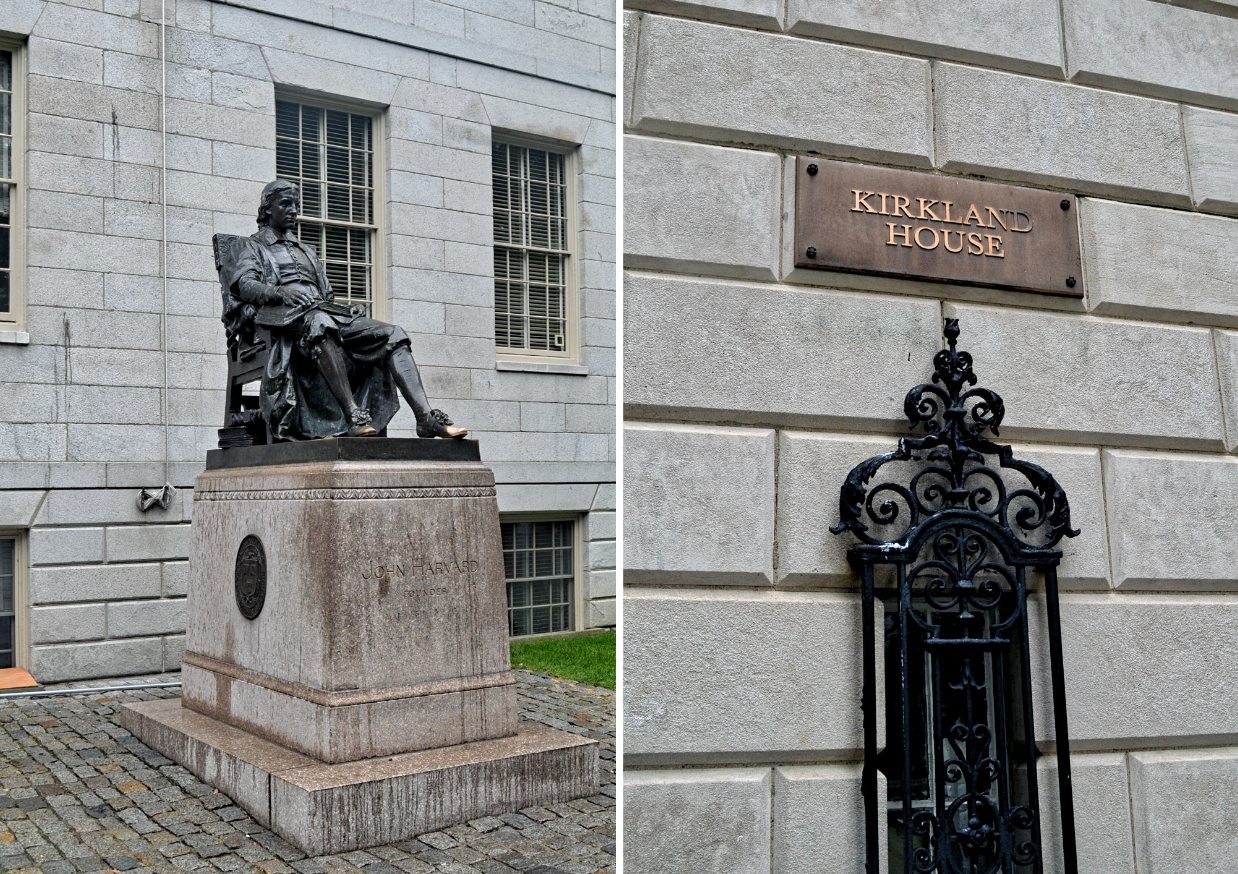
The founding of a college in New Towne, later renamed Cambridge after the English university attended by some of the most influential colonists, marked the beginning of Harvard. One teacher taught students in a single frame home with a “college yard” in the summer of 1638. John Harvard, a Puritan clergyman who left the college his writings and half of his estate, is the inspiration behind the name Harvard.
Address: Massachusetts Hall, Cambridge, MA
. . .

